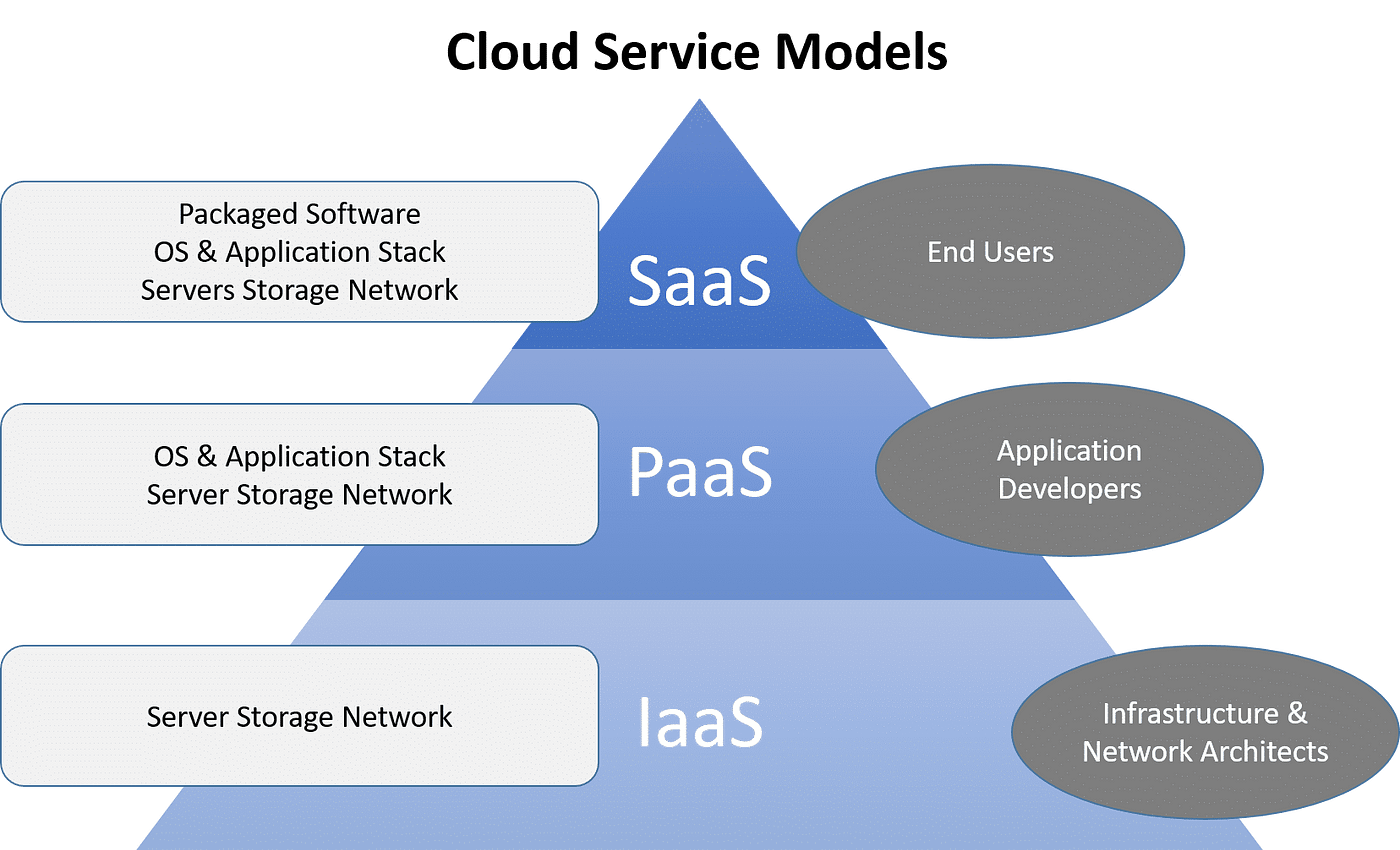Simplify Your Infrastructure With Cloud Services
As companies navigate the ever-evolving landscape of innovation and information management, the role of cloud solutions in simplifying infrastructure has become increasingly popular. How can organizations properly browse this transition and absolutely unlock the capacity of cloud services for simplifying their infrastructure?
Advantages of Cloud Provider
Cloud solutions supply a structured method to managing IT facilities, supplying businesses with versatility, scalability, and cost-efficiency. One of the vital benefits of cloud solutions is the scalability they supply.
Additionally, cloud services get rid of the need for businesses to buy pricey software and hardware. This cost-efficiency is a significant advantage, especially for tiny to medium-sized enterprises aiming to minimize upfront expenses. By utilizing cloud solutions, organizations can access high-quality IT sources without the significant cost related to standard facilities configurations.
In addition, cloud services offer services with the versatility to access their data and applications from anywhere with a net link. This degree of ease of access enhances collaboration amongst teams, enables remote job, and enhances total efficiency. The flexibility offered by cloud solutions encourages organizations to adapt swiftly to transforming market conditions and consumer needs.
Expense Financial Savings and Scalability
Along with the functional benefits highlighted previously, the integration of cloud solutions right into a firm's facilities produces considerable price savings and boosted scalability. Cloud solutions provide a pay-as-you-go design, permitting services to scale resources up or down based on present needs, therefore staying clear of the prices related to preserving excess capacity. This adaptability enables companies to adapt swiftly to rising and fall demands without sustaining unneeded costs.
In addition, cloud solutions remove the demand for upfront financial investments in software and hardware, lowering resources expenses. Overhead are likewise reduced as companies no longer require to take care of and keep physical web servers, bring about lower energy consumption and IT staffing prices. Furthermore, cloud solutions give automated updates and maintenance, making certain that the framework continues to be updated and protected without calling for hands-on treatments.
Boosted Security Procedures
When integrating cloud solutions right into a company's framework to ensure and safeguard delicate information conformity with sector laws,Executing stringent safety and security steps is vital. Cloud provider offer improved safety attributes such as information encryption, firewall program defense, and multi-factor verification to reduce cybersecurity dangers. Encryption aids safeguard data both at rest and in transportation, making certain that only licensed users can access sensitive information. Firewall programs work as an obstacle between inner networks and outside hazards, tracking and controlling outbound and incoming network traffic. Multi-factor authentication adds an extra layer of safety by requiring users to give several types of confirmation before accessing the cloud solutions.
Additionally, normal protection audits and compliance assessments aid make sure and identify vulnerabilities adherence to sector standards. Business can also take advantage of attributes like automated protection updates and real-time threat tracking provided by cloud service companies. By prioritizing security actions and staying positive in attending to possible threats, businesses can confidently leverage cloud solutions while protecting their useful information from unauthorized access or breaches.
Transitioning to Cloud Framework
To successfully incorporate cloud services into a firm's framework, a structured method that resolves the change in the direction of cloud-based options is necessary. Transitioning to cloud framework includes mindful planning and execution to make certain a smooth movement procedure. The initial step is to examine the existing infrastructure and determine which systems and applications are ideal for migration to the cloud. This assessment should think about variables such as data level of sensitivity, compliance needs, and efficiency requirements.
When the evaluation is total, a movement strategy should be created. This approach must detail the timeline, sources, and obligations for relocating each part to the cloud. It is vital to interact this plan clearly to all stakeholders to guarantee positioning and click minimize interruptions throughout the shift.
Throughout the movement testing, procedure and monitoring are important to determine and attend to any type of problems promptly. Routine checkpoints should be established to track development and make required modifications. In addition, training for workers on utilizing cloud services need to be given to ensure an effective transition and make best use of the advantages of the new facilities.
Best Practices for Cloud Adoption
Effective adoption of cloud services depends upon the calculated alignment of service objectives with technical capacities and organizational preparedness. To make sure a smooth change to the cloud, companies must begin by performing a comprehensive assessment of their current facilities and determining which work are best matched for cloud migration. It is critical to entail key stakeholders from various departments in the decision-making process to obtain buy-in and resolve any type of worries at an early stage.
Another ideal practice for cloud fostering is to prioritize protection and compliance. Organizations must carefully assess the safety and security procedures offered by cloud solution companies and make sure that their data is secured according to industry standards and regulative demands. Carrying out robust information file encryption, gain access to controls, and normal protection audits can aid alleviate risks related to cloud fostering.

Final Thought

As organizations browse the ever-evolving landscape of modern technology and information administration, the role of cloud services in streamlining facilities has actually come to be significantly noticeable - cloud services press release. How can services efficiently navigate this shift and really unlock the potential of cloud services for streamlining their facilities?
Cloud solutions provide a structured strategy to handling IT infrastructure, providing companies with cost-efficiency, scalability, and flexibility. click now By utilizing cloud services, companies can access top notch IT sources without the substantial rate tag linked with typical framework arrangements.
To make certain a smooth change to the cloud, companies need to begin by performing a thorough analysis of their present facilities and determining which workloads are best fit for cloud migration.